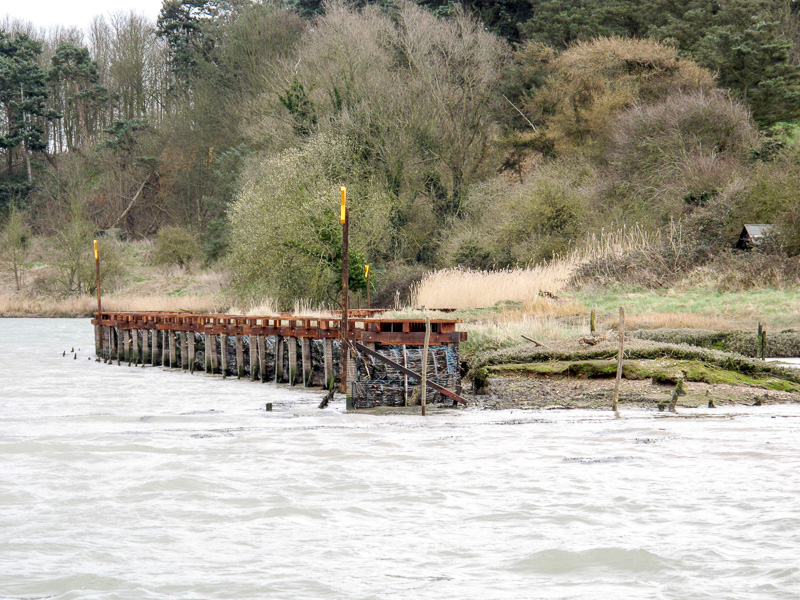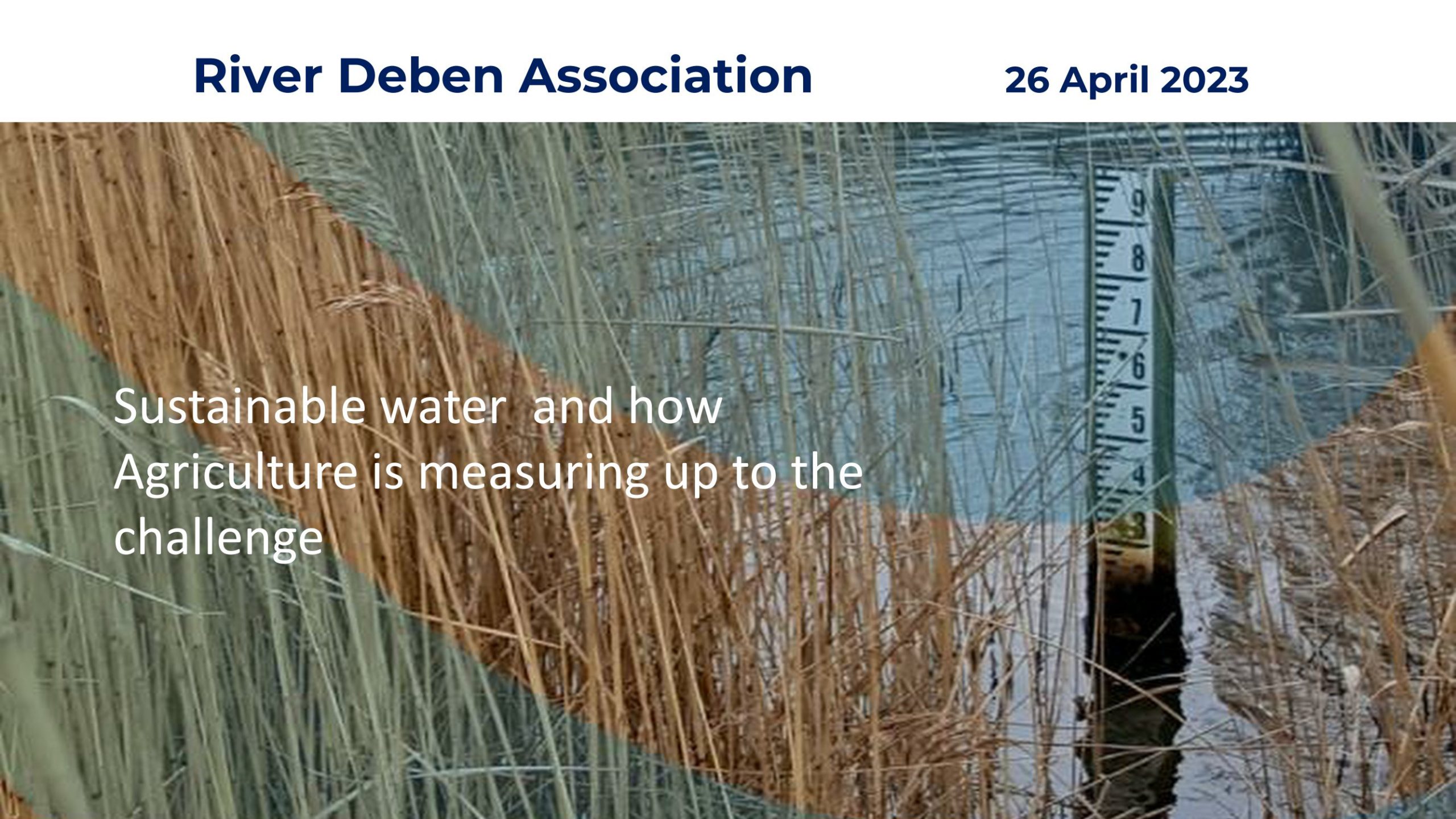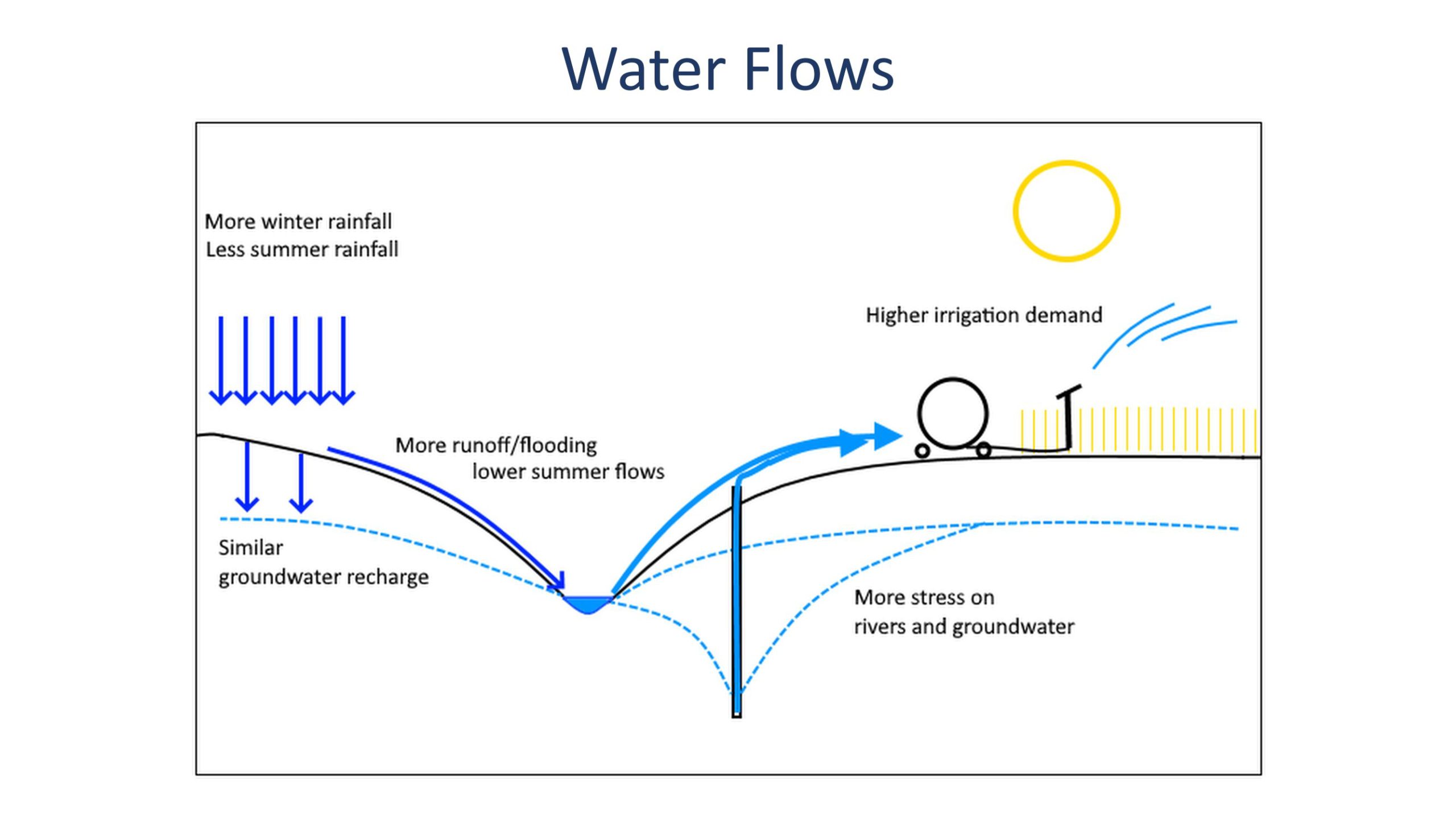
An Appraisal by Lord Deben
Quay Street Church, Woodbridge, IP12 1BX, Thursday 26th October, 7.00 for 7.30pm start. Continue reading


Quay Street Church, Woodbridge, IP12 1BX, Thursday 26th October, 7.00 for 7.30pm start. Continue reading
By Simon Read

Directly opposite Woodbridge Town Quay, there is a small saltmarsh of approximately 2.5 hectares. This is Sutton Saltmarsh and was the subject of a management project undertaken by the River Deben Association in 2008-2009. Continue reading
by Kate Osborne
I remember the first time I ever saw someone collecting rubbish from the beach. It was a beautiful white sand cove in Corsica. What struck me as odd wasn’t the fact that he was stark naked (it really was a deserted beach!) but that he was carrying a torn white plastic feed sack and he was using it as a sling for all sorts of other litter. I’m ashamed to say I laughed – whether inwardly or outwardly I’m not sure – but I’m still friends with him and the rest of his family, so it can’t have been that obvious.
Continue readingReport by Julia Jones


The speaker at this year’s AGM was John Patrick, founder member of the Felixstowe Hydrocycle (https://www.felixstowehydrocycle.com/).
His talk was detailed and fascinating. We are most grateful to him for allowing us to reproduce the slides from his presentation. This report can only skim the surface and hope to convey a few main points as understood by a completely non-technical audience member. Continue reading
By Sally Westwood
It was unusual to see a dead Great Cormorant trapped between the pontoons in a marina, at low tide, on the River Deben. I have also seen a Mute Swan in similar circumstances a couple of weeks ago. It may be that both birds succumbed to Avian Influenza or they may have died of natural causes. The UK is experiencing a large outbreak, the largest recorded outbreak of highly pathogenic avian influenza which is affecting wild birds, poultry and captive birds1. Avian Influenza is a highly contagious disease in animals and birds stemming from influenza A viruses2. A very small amount of Avian Influenza virus strains can result in a high amount of fatalities in flocks of domestic poultry. Such strains are referred to as Highly Pathogenic Avian Influenza (HPAI). Continue reading
By Colin Nicholson
Introduction
At a recent River Deben Association (RDA) committee meeting, co-chair Colin Nicholson reported back from a recent visit to Anglian Water’s Wastewater Treatment Works at Martlesham Creek. The committee felt that this information was likely to be of interest to members and should be reported back. (Minutes of the meeting will also be available on the RDA website when they have been formally agreed.) Hence this article via the RDA Journal, which does not claim to be a complete overview of the complex topic of water quality, merely a personal update on matters of current interest and actions taken to gain better information.
As organic matter trickles down over stones it is consumed by bacteria.
Continue readingBy Richard Verrill
 It is well recognised that estuaries provide essential breeding grounds and nurseries for many fish species. They also provide corridors for migratory species. Estuaries provide a very dynamic environment with constant changes in tide, temperature and salinity. Intertidal areas provide particularly important refuge and feeding grounds for small fish.The variety of the shoreline in the Deben provides an abundance of different nursery environments with sandy beaches, shingle beaches, mudflats and salt marsh. Continue reading
It is well recognised that estuaries provide essential breeding grounds and nurseries for many fish species. They also provide corridors for migratory species. Estuaries provide a very dynamic environment with constant changes in tide, temperature and salinity. Intertidal areas provide particularly important refuge and feeding grounds for small fish.The variety of the shoreline in the Deben provides an abundance of different nursery environments with sandy beaches, shingle beaches, mudflats and salt marsh. Continue reading
by Sally Westwood
Curlew (Numenius arquata)
The tide was ebbing, almost at low tide, it was about an hour before sunset. The Deben was embellished with a clear, magical light that appears just before sunset and sunrise. Such a light produces enhanced clarity of detail in everything visible to the eye. Two Curlews1 landed on the mudflat, one each side of a gully of water draining into the shallow channel of the river. Curlews are the largest waders in the UK, with a streaked and barred plumage, long legs and a distinctive down curved bill2, see image above. In flight, it shows a white section on the rump. The Whimbrel3 by comparison, is a similar bird to the Curlew, except it has a shorter, thicker bill, with a narrow stripe on the crown and is smaller than the Curlew, see image below. In flight, it shows a white section on the tail and back. I was alerted to the Curlew’s presence from their distinctive “Curlew, Curlew’’ calls made when they were flying. It is a call I regard as haunting in the cold, overcast days of winter. They also have a trembling, evocative bubbling call, that ends with what may be described as “dude” which carries some distance. One Curlew joined the other, on the other side of the gully. They immediately started squabbling, poking their long slender, down curved bills at each other, raising their wings slightly. Moments later, the set too ended when one returned to the other side of the gully and started searching for food, poking its bill, deep into the mud. The other Curlew started bathing and shaking out feathers, as in the image above. They may have been a pair, or an adult and youngster, however, research on Curlews has indicated that the latter relationship may be unlikely4. Since Curlews in England and Wales are in decline and such decline is driven by factors occurring during the annual breeding season.
Continue reading
by Robin Whittle
Low tide adjacent to Sutton marshes
The Deben became tidal at Felixstowe Ferry about 6000 years ago. Today the river is tidal up to Ufford, two miles upstream of Woodbridge. During this period sea borne sediment has built up the saltmarsh in the lower reaches to a depth of 12m.
Over the last 500 years river walls of mud and clay have been built along both sides of the tidal estuary to create arable land and grazing marshes. Since then, sediment has continued to build up the saltmarshes and mud flats lying in front of the river walls. However, saltmarsh is now under increasing attack from wave action and shore crab burrowing. Continue reading
The East Suffolk Rivers area of 1,364 km2 encompasses the valleys, waterbodies, tributaries and estuaries of the Rivers Gipping (Orwell), Deben, Alde and Ore, Thorpeness Hundred, Yox, Blyth and Lothingland Hundred.
This area is mostly rural with significant urban areas at Felixstowe, Ipswich, Woodbridge, Wickham Market, Stowmarket, Saxmundham, Halesworth, Southwold and Kessingland.
Agriculture is the predominant land use (root veg and pig farming in the east and arable). Other pockets of land-based industry exist, including food processing, milling, malting and the manufacture of farm machinery and fertilisers.
The attached report by the Essex and Suffolk Rivers Trust looks at the current state of these Suffolks Rivers.